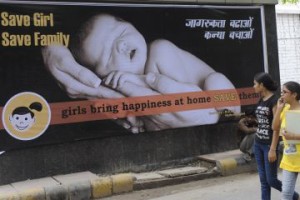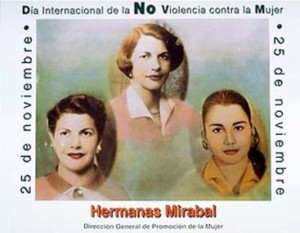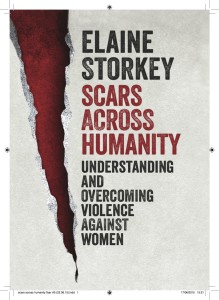Scars Across Humanity Post 7
Chapter 4 Early and Enforced Marriage: child abuse by another name
This is an issue about life, families, communities, broken dreams and shattered bodies. It is about girls at risk of marriage; just as much as it is about the millions of adolescent mothers and girls in marriage. Nyaradzayi Gumbonzvanda World YWCA
This is not marriage, but rather the selling and buying of young women. Ahlam al-Obeidi, Iraq radio
Every three seconds a girl under the age of 18 is married somewhere across the world – usually without her consent and sometimes to a much older man. The United Nations Population Fund suggests that, every day, 39,000 girls marry too young. It is predicted that more than 140 million child brides will have entered marriage in the decade up to 2020, 18.5 million of them under the age of 15; if nothing changes, the annual figure will grow from 14.2 million in 2010 to 15.1 million in 2030. As the General Secretary of the World Young Women’s Christian Association (YWCA) observes, the number of children married under age is now higher than the total population of Zimbabwe!
Figures like these do indicate the massive numerical scale of the problem and the difficulties in eliminating it. But they do not unpack the human misery enfolded inside them. A moving exhibition mounted in 2014 by the United Nations in Geneva opened that up. Through very sober photographs and short, poignant narratives we came face to face with the wrecked hopes and tragic lives of survivors of child marriage. Ghulam had wanted to be a teacher, but was pulled out of school at 11 to marry a 40-year-old man; 14-year-old Afisha, in Ghana, was unable to be educated because of her father’s poverty, and instead was sold as a bride for cola nuts and 60 cedis (about £25); Asia was ill and bleeding from childbirth at 14, as she cared for her two-year-old child and new- born baby…….
Read more in Scars Across Humanity
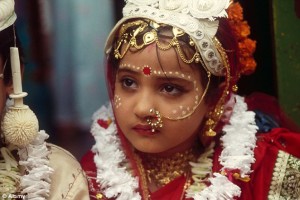
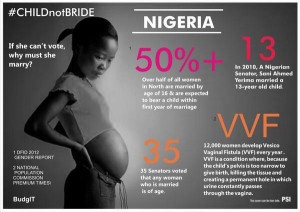
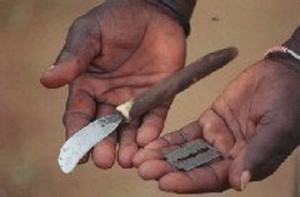
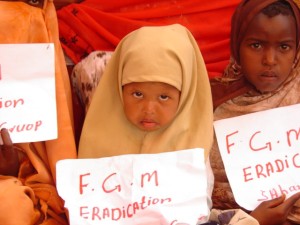 00 women in England and Wales are living with the consequences of FGM and around 10,000 girls under the age of 15 are likely to undergo cutting.
00 women in England and Wales are living with the consequences of FGM and around 10,000 girls under the age of 15 are likely to undergo cutting.